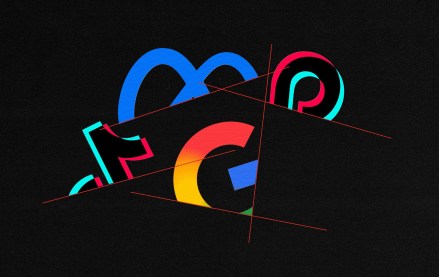In a sign of the times, NBCU’s NewFronts pitch leans on brand safety
The Interactive Advertising Bureau’s Digital Content NewFronts kick off this week, so cue the brand-safety pitches. One of the first comes from NBCUniversal, which, though not part of the actual NewFronts lineup, is pitching the market on a new way of buying its short-form video.
NBCU Choice bundles video across NBCU’s own clips from its shows like “Mr. Robot” and “Krypton” as well as short-form video from the partners it sells for, BuzzFeed, Vox Media, Snapchat and Apple News. An estimated 50 percent of that inventory exists on YouTube. With the many public ad-safety debacles that YouTube has had this past year or so on other channels, NBCU saw an opportunity.
“There’s enormous demand from clients for brand-safe video, and places they’ve been buying from aren’t delivering on brand safety,” said Trevor Fellows, evp of digital sales and strategy at NBCU. “But they don’t want to go brand by brand. It’s a real issue.”
NBCU defines “short-form” video as anything that’s not episodic, which is priced lower than long-form video and has the advantage of having less ad clutter by virtue of its shorter length. Fellows said NBCU opted to sell this way because agencies tend to buy by format. NBCU isn’t requiring a minimum spend, but he said he expects deals to be at least in the “hundreds of thousands” of dollars and that he’d “love to be doing in the hundreds of deals in the first year.” CPMs are expected to be in the high teens to low 20s.
NBCU Choice builds on NBCU’s move in 2015 to begin selling ads against “The Tonight Show” clips on YouTube.
There’s been a drumbeat of headlines about ads appearing next to racist, pedophilia and other offensive YouTube channels. Many marketers paused their spending on the platform, and the company has responded by adopting stricter ad policies, hiring more people to review videos and giving advertisers more control over where their ads appear. There hasn’t been a wholesale shift by advertisers off the platform in part because it’s hard to replicate those huge audiences elsewhere, though.
Fellows doesn’t have any illusions that NBCU Choice, which can reach 10s of millions of viewers, can compete with the scale of YouTube, whose users upload hundreds of hours of video a minute. But he said the benefit of NBCU’s pitch is that the content is guaranteed to be brand-safe and can be targeted to audience segments, which could end up shifting share from low-quality video. “The challenge is not YouTube as a delivery of quality — it’s YouTube as a guaranteer of brand safety,” he said.
If NBCU can offer a brand safety advantage along with a guarantee that revenue isn’t shared with owners of user-generated content, it could have some merit, said Rob Auger, vp and group director, media technology at Digitas. “The thought of advertising dollars possibly funding unethical individuals/groups makes our more conservative advertisers uncomfortable,” he said.
JoAnna Foyle, COO of video analytics firm OpenSlate, said for advertisers that don’t require huge scale, NBCU’s pitch could be a viable option. “You can get to a very clean version of YouTube, but it takes time,” she said. What you’re trading would be scale and a very different audience. Part of the reason our advertiser [clients] are committed to YouTube is, there are audiences they can’t reach elsewhere.”
We’ve asked YouTube for comment; we’ll update this story if it responds.
More in Media

Digiday+ Research: Nearly half of publishers report an increase in referral traffic from social
Nearly half of publishers have seen an increase over the last year in the referral traffic they get from social media platforms, according to a Digiday+ Research survey.

Boston Globe, Future, Vox Media join ProRata’s generative AI licensing model
A fresh wave of publishers have signed up for ProRata’s revenue share program, and some are adding its AI search engine to their sites.

Media Briefing: Affiliate isn’t dead, say publishers – but it must evolve in the AI era
Publishers say affiliate and commerce businesses need to evolve in the AI search era.







